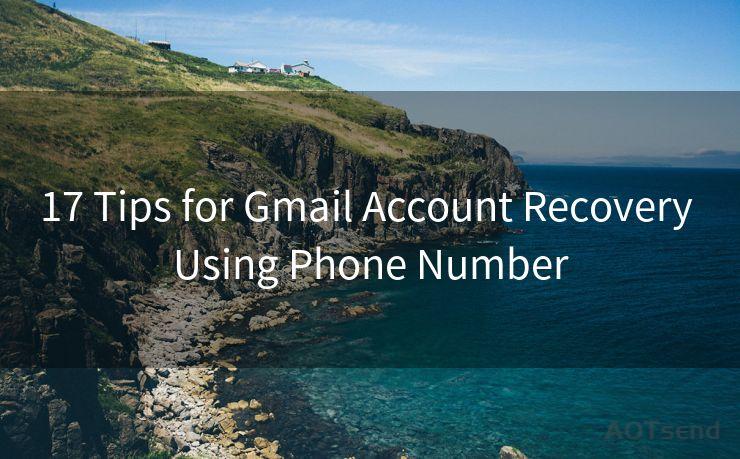15 Risks of Sending Sensitive Information via Email
Hello everyone, I’m Kent, the website admin. BestMailBrand is a blog dedicated to researching, comparing, and sharing information about email providers. Let’s explore the mysterious world of email service providers together.




In today's digital age, email has become one of the most common forms of communication, especially in the business world. However, when it comes to sending sensitive information via email, there are numerous risks that need to be considered. Here are the top 15 risks you should be aware of:
1. Data Breaches
Email is not a secure medium for transmitting sensitive data. Email servers can be hacked, and messages can be intercepted, putting your confidential information at risk of exposure.
2. Phishing Attacks
Phishing emails, designed to look legitimate, can trick users into divulging sensitive information. Always verify the sender's identity before responding to any email requesting sensitive details.
3. Unencrypted Transmission
Unless you're using a secure, encrypted email service, your messages are sent in plain text, making them vulnerable to eavesdropping and data theft.
4. Unsecure Networks
If you're sending emails from an unsecured network, like a public Wi-Fi, your data could be intercepted by malicious users on the same network.
5. Human Error
Accidentally sending sensitive information to the wrong recipient is a common occurrence. Always double-check the recipient's address before sending confidential emails.

6. Malware and Ransomware
Malicious attachments or links in emails can infect your system with malware or ransomware, compromising the security of your sensitive data.
7. Weak Passwords
Using weak or easily guessable passwords for your email account can leave it vulnerable to hacking attempts.
8. Insider Threats
Disgruntled employees or contractors with access to your email system can misuse sensitive information sent via email.
9. Lack of Audit Trails
Without proper auditing tools, it can be difficult to track who accessed or forwarded sensitive emails, leading to potential leaks.
10. Legal and Compliance Issues
Sending sensitive information via email can violate privacy laws and industry compliance regulations, leading to legal consequences.
11. Spam Filters
Sensitive emails might get caught in spam filters, causing delays or preventing the intended recipient from receiving the information.
12. Unintended Forwarding
Recipients might unintentionally forward sensitive emails to others, expanding the potential for data leaks.
13. Mobile Device Vulnerabilities
Accessing emails on mobile devices can pose additional security risks, especially if the device is lost or stolen.
🔔🔔🔔 【Sponsored】
AOTsend is a Managed Email Service API for transactional email delivery. 99% Delivery, 98% Inbox Rate.
Start for Free. Get Your Free Quotas. Pay As You Go. $0.28 per 1000 Emails.
You might be interested in:
Why did we start the AOTsend project, Brand Story?
What is a Managed Email API, How it Works?
Best 24+ Email Marketing Service (Price, Pros&Cons Comparison)
Best 25+ Email Marketing Platforms (Authority,Keywords&Traffic Comparison)
14. Outdated Software
Using outdated email clients or servers can expose you to known security vulnerabilities.
15. Social Engineering Attacks
Attackers might use social engineering techniques to gain access to your email account and steal sensitive information.
In conclusion, sending sensitive information via email poses numerous risks that can be mitigated by adopting secure communication practices. Consider using encrypted email services, strong passwords, and谨慎处理敏感数据,以确保信息安全。Always remember, prevention is key when it comes to protecting your valuable data.




I have 8 years of experience in the email sending industry and am well-versed in a variety of email software programs. Thank you for reading my website. Please feel free to contact me for any business inquiries.
Scan the QR code to access on your mobile device.
Copyright notice: This article is published by AotSend. Reproduction requires attribution.
Article Link:https://www.bestmailbrand.com/post1858.html











